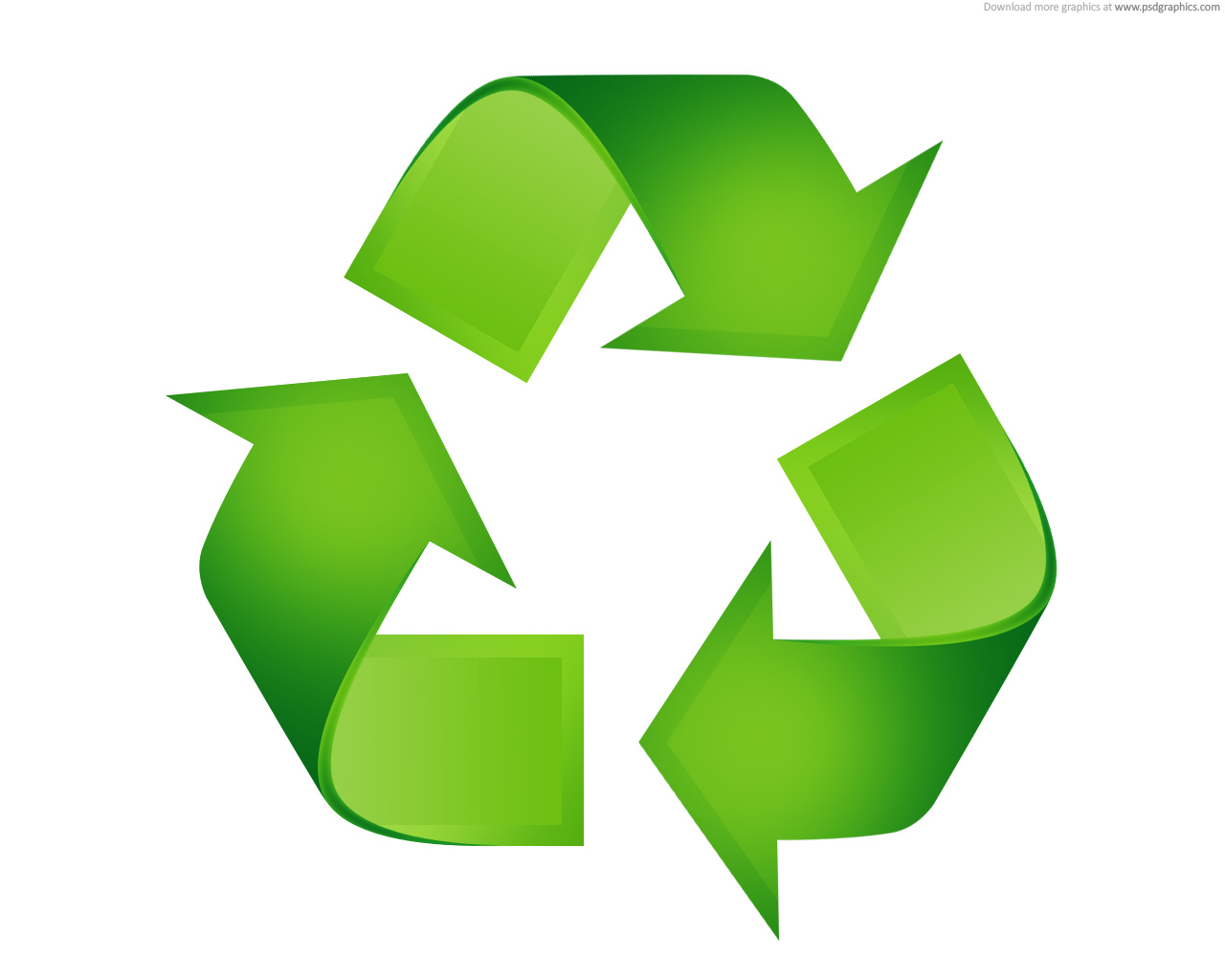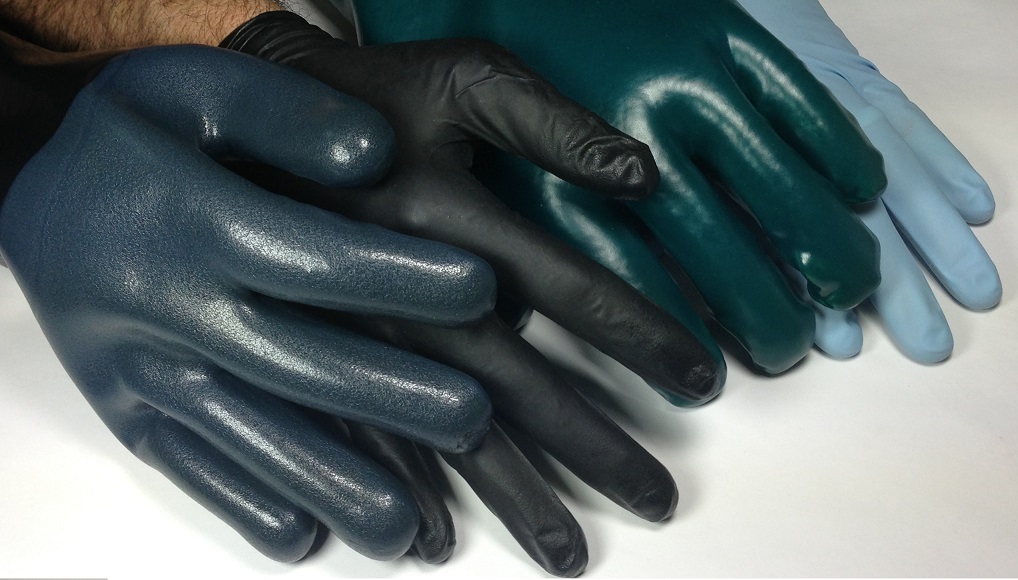By Gwynn Guilford
For many environmentally conscious Americans, there’s a deep satisfaction to chucking anything and everything plasticky into the recycling bin—from shampoo bottles to butter tubs—the types of plastics in the plastic categories #3 through #7. Little do they know that, even if their local trash collector says it recycles that waste, they might as well be chucking those plastics in the trash bin.
“[Plastics] 3-7 are absolutely going to a landfill—[China’s] not taking that any more… because of Green Fence,” David Kaplan, CEO of Maine Plastics, a post-industrial recycler, tells Quartz. “This will continue until we can do it in the United States economically.”
The Green Fence went up…and it’s not coming down
Kaplan is referring to an initiative the Chinese government launched last year ostensibly to reduce pollution. Dubbed “Green Fence,” the policy bans the import of all but the cleanest, most tidily organized bales of reusable rubbish—and bars some types altogether.
The program was supposed to end in November of 2013. Now Chinese industry sources say that Green Fence is here to stay, reports American Metal Market, supporting what many in the US recycling business have suspected.
Before Green Fence, when American households and businesses recycled their plastic, for the most part what they were really doing was sending it for collection at US recycling companies. Some of that plastic trash would be shredded, granulated and packed into bales, while other types were simply bundled up as is. US recycling companies would then export it to China.
The many lives of plastic junk
Why would China import this? Plastic has many lives. That means that what to Americans is just a used Stonyfield Farms yogurt container is actually valuable raw material to Chinese manufacturers, which use the plastic resin from the processed tub to make everything from laptop cases to cosmetics. Chinese recyclers would import the bales of used plastic, sorting the valuable stuff from the chaff, cleaning it and breaking it down into plastic resin that can be remolded by manufacturers.
Recycled plastic resin is much cheaper than “prime”—i.e. new—plastic resin. The vast majority of what’s used in plastic packaging still comes from prime resin, though that can be supplemented by resin from recycled plastics to make it cheaper. Particularly for manufacturers in countries with a high degree of worry about the environment, being able to say that recycled plastics were used to make a product counts as valuable marketing as well.
The US may have Save the Earth campaigns to thank for the embrace of recycling. But more likely, it was made possibly by China’s emergence as a manufacturing powerhouse. The more China made, the more it needed used plastics, eventually sucking up around two-thirds of the US’s plastic scrap each year, worth several billion dollars.
Cheap plastic’s toll on China’s environment
But China’s cheap plastic came at a cost. Anything recyclers couldn’t use was heaped onto China’s growing massif of trash mountains. Worse still, the majority of recycling processors are small firms—often mom-and-pop operations—that pollute heavily but are hard to regulate.
As outrage among the Chinese public over the country’s noxious air and befouled waterways has surged in the last few years, the Chinese government has scurried to respond. Maine Plastic’s Kaplan thinks that’s what’s behind Green Fence.
“Because China got this bad press for pollution, the Chinese government says, ‘You know what? It’s because of importation of plastic scrap. The reason… that people can’t breathe in Beijing is plastics emissions,’” he tells Quartz. “That seems kind of arbitrary.”
Though China obviously has many more severe sources of pollution, Green Fence’s suspension of 247 import licenses for domestic recyclers will force smaller outfits out of business, making environmental regulation easier for the government.
Plus, China actually needs the US’s and other countries’ plastic in order to meet the demands of its manufacturers. Perhaps to take address that, the Chinese government announced plans for 100 pilot Recycling Economy Cities where it will invest in developing infrastructure for recycling.
Time for a US recycling renaissance?
Historically, higher labor costs and environmental safety standards made processing scrap into raw materials much more expensive in the US than in China. So the US never developed much capacity or technology to sort and process harder-to-break down plastics like #3 through #7.
Green Fence might be a chance to change that, says Mike Biddle, CEO of California-based recycling company MBA Polymers. “China’s Green Fence offers a real opportunity to the US government and recycling industry to step up its efforts on recycling and catalyze a strong domestic recycling market in the US,” Biddle said at a recent webinar on Green Fence.
Kathy Xuan, president of Parc Corp, one of the few US companies that processes post-industrial and post-consumer scrap, agrees that Green Fence will be good for the US. “Definitely it’s going to create a lot of job openings,” Xuan tells Quartz, adding that “every job China did can be done here, but it costs more.”
More demand from US manufacturers
China’s virtual monopoly on processing made it so US manufacturers imported raw materials mostly from China. But with Green Fence shutting down processors, supply of plastic resins is much scarcer.
Parc Corp’s Xuan says more US companies are now buying from her company. The lower supply of plastic resin will presumably help other US recyclers because it will raise prices enough to allow them to hire and invest in new capacity.
But it will take time
It might not be that simple, though.
Developing new recycling capacity in the US will “eventually” benefit the country, says Maine Plastics’ Kaplan. For the moment, though, Green Fence restrictions have blocked Chinese demand for his company’s clean, sorted post-industrial scrap. And while US and other countries’ manufacturers need that scrap as well, finding those markets takes time.
Plus, the proximity of Chinese manufacturers to the Chinese plastic processors kept transportation costs down. Green Fence has changed that. New markets for processing and sorting plastic scrap are growing in Indonesia, Malaysia and Vietnam. But “after [the plastic is] processed, they send it to China, which costs extra money, which means we get less for the material,” says Kaplan.
With Green Fence remaining in place, unless US manufacturing demand for plastic resins picks up a lot, margins are likely to remain uninviting for all but the biggest US recyclers.
What does that mean for consumers? Given the choice, the best answer’s probably “paper.”
For the full article visit: http://qz.com/122003/plastic-recycling-china-green-fence/





